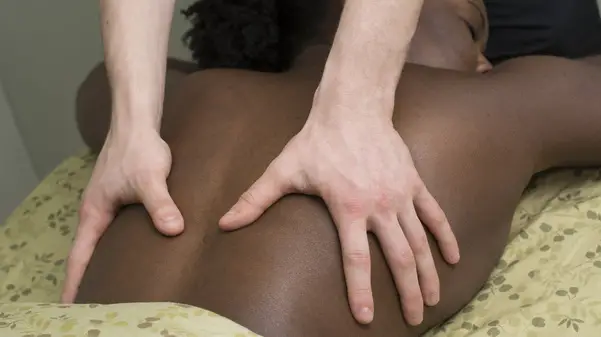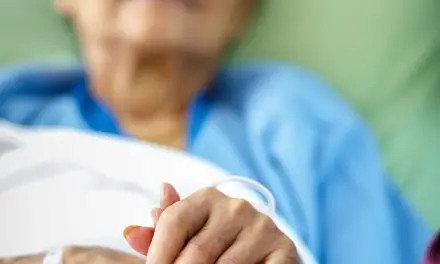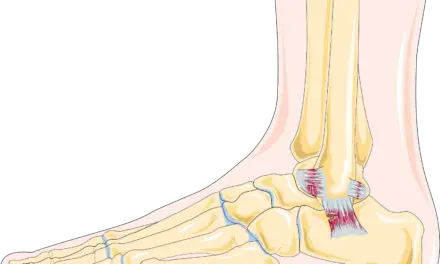Many clients and patients often seek massage therapy as a way to alleviate low back pain. While there may be many testimonials that massage can help alleviate symptoms of low back pain, researchers from the Institute for Work & Health in Toronto, Canada, recently concluded in a meta-analysis that they have “very little confidence that massage is an effective treatment for LBP.”
Some massage therapists were bummed in varying degrees after they read the abstract, but it often reflects on what they often experience in their practice. Low back pain is “notoriously difficult to treat,” as Dr. Christopher Moyer stated in a recent Facebook discussion, and many of my clients have chronic low back pain that creeps back to haunt them a few days after their massage session. Even though the research says that most of the “improvements in pain outcomes with massage only in the short-term follow-up,” some clients and patients may find that getting several nights of quality sleep or being able to perform better at work with pain relief for a week is highly beneficial.
Dr. Andrea Furlan, who is the lead researcher, published a systematic review on massage effects on non-specific low back pain in 2009. Out of 13 trials, she and her colleagues concluded that “Massage might be beneficial for patients with subacute and chronic nonspecific low back pain, especially when combined with exercises and education.”
However, in the 2015 review—out of 25 trials—the conclusion was quite the opposite. According to the Cochrane Review, the quality of the evidence compared in the study was “graded ‘low ’ or ‘very low’” because the sample sizes were small and the methods were “flawed.”
Nonetheless, we should not discount the research, even if it doesn’t run much in our favor. “Massage — if we’re talking about rubbing— is a management tool,” explained Beret Kirkeby, RMT, LMT, of Body Mechanics Orthopedic Massage in New York City. “As far as what massage therapists should get out of reading the paper, they should be relieved. Short-term effects are still effects. I think a lot of therapists out there are secretly frustrated at why they can’t ‘fix’ people — permanently. People get ‘better’ for a lot of reasons, and it’s was always highly unlikely that a passive activity, like getting a massage, is the magic bullet for back pain.”
Besides the actual hands-on work, communication with clients and patients is also another factor that could influence their pain outcome. “[Communication] also opens the door to talking about sound reasons to return, rather than you won’t get better if you do not come in,” Kirkeby emphasized. “If massage therapists step up to the plate and change their verbiage or website to massage positive messages reflecting the truth, such as ‘we can help you manage’ rather than we ‘correct’ or ‘treat,’ they are far more likely to have returning clients based on the idea that the clients understand it’s not a one-time show and have less disappointment when their $90 commitment did not ‘fix’ them.”
With this new meta-analysis, massage therapists should not feel bummed about the results. This could be an initiative to shift the paradigm from being the panacea of pain relief to being part of the healthcare team for our clients or patients.
“Obviously we would want to see some studies on management as well,” Kirkeby continued. “As a management tool, massage has far more likelihood to gain respect within medicine. It pairs well with many other treatments that cause anxiety and pain, such as [physical] rehab and could easily be incorporated into pre- and post-surgical plans if the therapist had the right training.”
Reference:
A native of San Diego for nearly 40 years, Nick Ng is an editor of Massage & Fitness Magazine, an online publication for manual therapists and the public who want to explore the science behind touch, pain, and exercise, and how to apply that in their hands-on practice or daily lives.
An alumni from San Diego State University with a B.A. in Graphic Communications, Nick also completed his massage therapy training at International Professional School of Bodywork in San Diego in 2014.
When he is not writing or reading, you would likely find him weightlifting at the gym, salsa dancing, or exploring new areas to walk and eat around Southern California.





